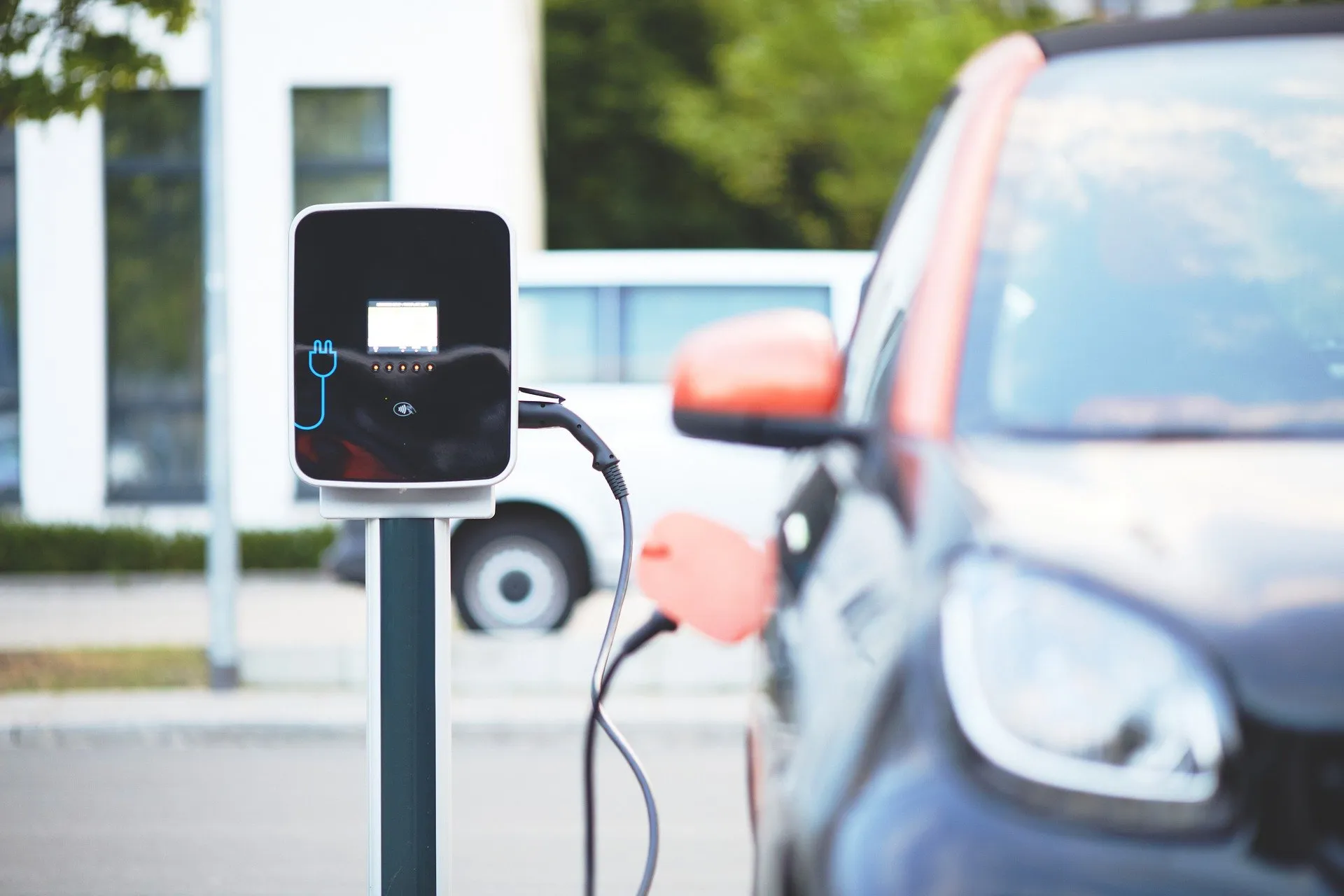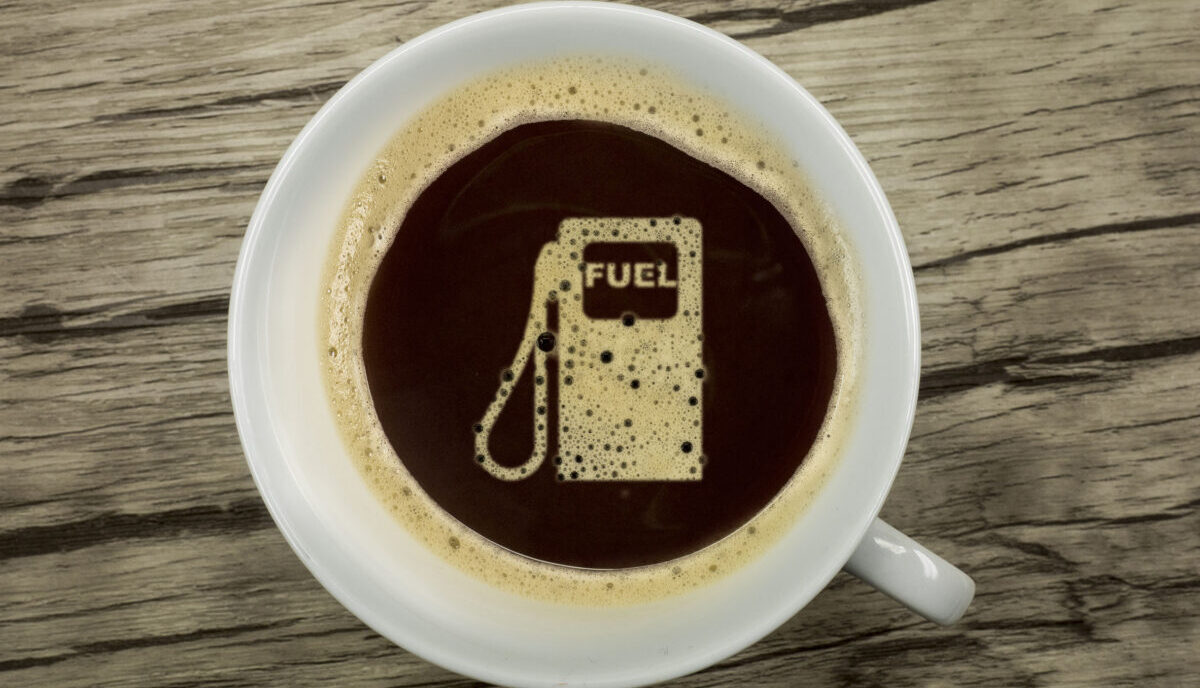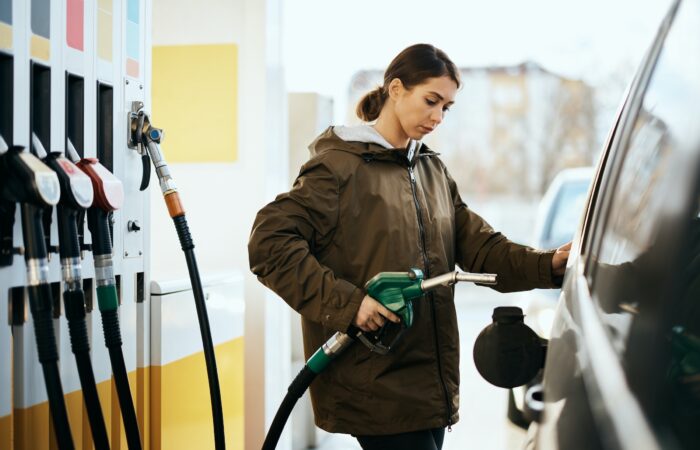Accenture’s Rushad Chinoy discusses how in a fast-changing environment, fuel retailers need new approaches. As everyone in the fuel retailing industry is aware, big changes are taking place at very high speed. In fact, the whole concept of mobility is being transformed.
In 2020, significant restrictions on individual travel arose due to COVID-19 while, in 2021, supply chain disruptions led to severe if short-term fuel shortages. As a result, we have seen significant, immediate changes in consumer behaviour, highlighted by a shift toward a hybrid way of working. In a recent Accenture study(1), a majority of workers (83%) identified the hybrid work model as their ideal way forward. According to the UK Petroleum Industry Association (UKPIA), demand for oil products fell by 23.4% in 2020. And, following the fuel shortages of September 2021, enquiries related to electric cars increased dramatically, with Google searches spiking by 1,600% on September 24 alone (2).

Implication of EVs for fuel retailers
Longer-term trends point to even more change. The electrification of motor transport is accelerating, with the number of battery electric and plug-in hybrid vehicles on UK roads increasing by 411% between 2017 to the present. Battery-powered electric vehicles (EVs) accounted for more than one in 10 (10.7%) of new car UK registrations in June 21, according to figures from the Society of Motor Manufacturers and Traders (SMMT). Globally, EV sales are expected to be more than half of all sales by 2040(3), reflecting various government initiatives and changing consumer preferences.
Clearly, the proliferation of EVs has major implications for fuel retailers. The distributed nature of EV charging means that customers need to charge from many places, including their homes. Retailers will need to develop new strategies – quickly – to keep up with massive transformation in personal and commercial transportation. The forecourt needs to become a destination for customers, not an add-on, with companies establishing the right relationships with third-party retailers and suppliers to enable this. Similarly, companies should be exploring connecting offers to cars through partnerships with original equipment manufacturers (OEMs).
Evolving customer expectations
Fuel retailers’ concerns mirror those of other retailers worldwide. Our research indicates that retailers are dealing not only with a massive shift to online purchasing but also with rapidly changing customer expectations and behaviour. It is not yet clear, for example, whether changes in commuting patterns brought on by the pandemic will become permanent, thereby affecting how customers travel and shop. Similarly, customer expectations are evolving, and customers now seek experiences that are entertaining, informative and enjoyable. They expect a degree of personalisation and localisation, but also that businesses will respect their privacy and protect their personal data.
Different options
Fuel retailers need to look at the market they address and make some key decisions about their purpose outside of fueling needs, which will dictate how they operate in the future. The ultimate objective is to focus on customer needs, not vehicles, and to be able to quickly change and serve the local community based on changing landscapes and rapidly evolving consumer needs.
In the new landscape, stations will be selling non-fuel retail (NFR) products with energy as a side product, in contrast with today’s focus on selling fuels with NFR products on the side. There are multiple possible approaches, none of them mutually exclusive, but all based on building the foundations – including strong data capabilities and a clear version of what the company’s purpose is outside of providing fuel – needed to enable the pivot into different market offerings.
Possible approaches include: Investing in charging facilities and attracting customers who will be spending more time waiting for their vehicles to charge. Instead of spending five minutes filling up and perhaps grabbing a cup of coffee, customers will be waiting up to 20 minutes or more at the forecourt site to ‘top off ’ their charges. This creates an opening for new kinds of experiences and offers. Harvesting previous investments and focusing on fuels and other sales. Fuels are still a big market (large commercial vehicles have more time to convert to zero-emission mode) and customers are spending more on NFR products. Royal Dutch Shell, for example, reported that basket sizes in its stores had increased by 15% year-to-date in September 2020.
Looking for opportunities elsewhere
Fuel retailers often occupy valuable real estate that can be dedicated to other activities, such as fresh foods and groceries, ‘dark’ kitchens that provide only pick-up and delivery, or full-service restaurants. Whatever the strategic approach taken, fuel retailers will still have to solve three problems:
Addressing the energy transition. Retailers need a handle on how quickly the shift from fuels to electricity will take place and what that means for current operations. Is it better, for example, to take a ‘hybrid’ approach that combines fuel pumps and high-speed charging stations, or is it time to move to an all-EV forecourt? If the decision is made to add charging options, then it is important to determine what constitutes state of the art in charging stations.
Hyperlocalisation – localising offers and services. If the retailer offers EV ‘top-off’ charging for long periods, then what products and services should be available to the customer? The retailer should look at new revenue streams such as ‘click and collect’ for groceries or kerbside pick-up for pre-ordered items. The experience for customers willing to wait for long periods can include fresh and/or hot food and beverages, or an in- store café with seating. On long-distance motorways, local offerings could include rest pods and gyms, while stations in urban areas could offer working and collaboration areas with wi-fi service and other amenities so that customers could be productive as their vehicles are being charged.
Attracting customers (and re-thinking the customer experience). A strong foundation in data, analytics and marketing is essential for understanding customers and determining what new offers and services will keep them coming back. Other areas for exploration include loyalty and incentive programmes (including identification of new partners for shared awards) and the use of gamification and personal offers.
Challenges – the next steps
The challenges may seem overwhelming but, as with any big problem, success lies in a series of well thought-out actions. The first step is to develop foundational strategies and identify elements to unlock current and future value. If that strategy includes charging stations, then the next step is to establish the alliances and make the investments needed for the charging offering, making sure the charging process is simple and easy to understand and that the benefits to the customer are clear. Even if an all-fuels strategy is selected, stations need better connectivity with the site and with customers through digital technologies such as cloud enablement. The digital/data foundation helps collect and analyse input from customers to develop a solid understanding of what customers want and expect.
The next step might be a review of the current alliance landscape to fill in the missing pieces. Should the station operator partner with a grocery chain for pick-up offerings? Are there partners who can provide upgraded offerings in areas such as coffee service or takeaway foods? Are there offerings with local relevance? Is there a niche market for tune-ups, oil changes and other mechanical and repair services?
Finally, any shift in strategy also calls for a review of HR strategy. The fuel station operator should review the current HR approach and make sure that existing skills match up with new roles and future initiatives.
Change can be good
Clearly, the shift to EVs will change the way fuel retailers do business. The shift to a charging station format with “‘while you wait’” food and beverage or other offerings may not be right for every fuel retailing operator in every location. Organisations need to think hard about what space they want to occupy and how they want to get there. However, we see significant opportunities for players who pick a workable model and then take the right steps to execute against a well- defined plan.
Source: PRA Annual Market Review 2022, www.ukpra.co.uk
Pictures: Pixabay
Stay connected and follow us on LinkedIn!




